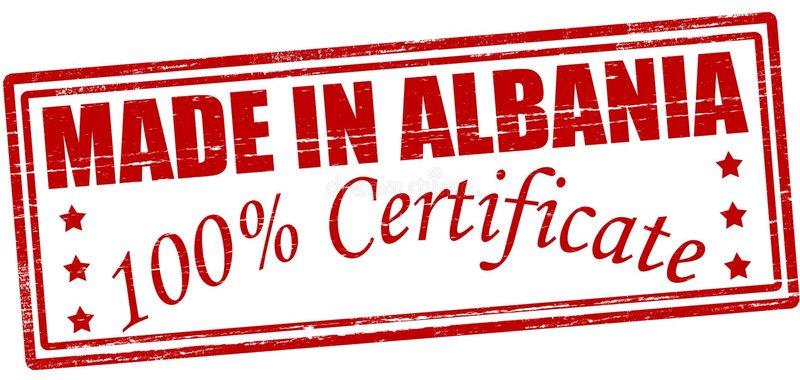The global offshore wind industry is poised to miss huge targets set by governments!

After a year of canceled projects, broken turbines and abandoned lease sales, the global offshore wind industry has little chance of hitting lofty targets set by governments in the US, Europe and elsewhere, marking a obstacle to efforts to combat climate change.
The technology forms a large part of government strategies to advance renewable energy and decarbonize the global energy industry because it can generate large amounts of electricity near densely populated coastal regions. Missing targets by a wide margin will leave a void that may be difficult to fill.
"We're a long way from those targets," Soren Lassen, head of offshore wind research at energy research firm Wood Mackenzie, said in an interview. He said offshore wind farms now have a global average cost of $230 per megawatt-hour (MWh), up 30% to 40% in the past two years and more than triple the average of $75/MWh for objects on the ground.
This has caused companies to withdraw. BP last month said it was considering selling a stake in its offshore wind business, and Equinor earlier this year abandoned investments in Vietnam, Spain and Portugal. Meanwhile GE Vernova, one of the turbine industry's main suppliers, is not taking new orders.
World governments set a global target last year to triple overall renewable energy use by 2030, something the International Renewable Energy Agency (IRENA) said would require offshore wind capacity to increase to 494 GW by the end of this decade, from 73 GW currently.
IRENA Director General Francesco La Camera told Reuters that offshore wind is now forecast to miss its target by a third. Estimates from three other prominent research firms project that the world will not reach 500 GW of offshore wind installations until after 2035. Governments in Europe, America and Asia have sought to support the sector with national targets aimed at attracting deep-pocketed developers, including major global energy companies Equinor, Orsted, RWE and Iberdrola.
The United States, for example, set a 2021 target of 30 gigawatts of offshore wind by the end of the decade, but had fewer than 200 megawatts operating as of May of this year, according to the National Renewable Energy Laboratory. In Europe, analysts expect the countries with the highest offshore wind targets - the UK, Germany and the Netherlands - to reach around 60% to 70% of their targets. Countries with less ambitious targets, including Belgium, Denmark and Ireland, are also expected to fall short.
China, which became the global leader in offshore wind in 2022, is bucking the global trend. Beijing has boosted its industry with subsidies and low financing costs. Most players in the sector are state-owned and have access to locally manufactured offshore wind components. China accounted for more than half of 2023 offshore wind installations, with 6.3 GW, and the council's trade group Global Wind Energy estimates the country will install 11 to 16 GW annually in the next two to three years.
Providing cheap equipment from China would help lower costs for developers in Europe, Japan and the United States, but governments there have tried to encourage domestic production to reduce dependence on Beijing. Elsewhere in Asia, countries including Vietnam, Japan, South Korea and Taiwan have sought to expand offshore wind, but also face difficulties related to rising costs and regulatory uncertainty.
Japan, for example, has set ambitions to build up to 45 GW of offshore wind capacity by 2040, up from less than 1 GW today. But the country's auctions have so far been small, and the industry is limited by laws that prevent non-Japanese vessels from operating in offshore wind zones.

World Bank, assistance for consumer protection - Alam: I congratulate BSH for managing inflation and problem loans
The Bank of Albania is in continuous cooperation with the World Bank for the improvement of the regulatory framework of the financial system, especially in......

Competition ready for the Milot-Balldren - Balluku highway: Investments in 2025, priority 2 road corridors connecting the country with the region
The international competition for the construction of the road segment Milot - Balldren, part of the Blue Corridor will be opened soon. While presenting the......

As Global Stocks Fall, Dollar and Bond Yields Hold Near Multi-Month Highs!
The US dollar and bond yields held near multi-month highs today on expectations that the Federal Reserve would slow its pace of easing, while global shares......

Albanian products, towards Asia - Prençe: Good news, but it is not expected to last
The decrease in exports to European countries has caused various traders in Albania to find other places to sell their products. According to data from the......

Croatia raises energy targets for 2030 - The country aims to cover 43% of total consumption through green sources
Croatia increased all the most important targets in the updated National Energy and Climate Plan for the period 2021-2030. Renewable sources in energy......

357 million ALL for the new 110kV cable line - Tirana 1-Zogu i Zi, increasing the electricity transmission capacity
The Transmission System Operator OST has opened the tender for the construction of the 110 kV cable line Tirana 1-Zogu i Zi, as well as the corresponding......

The private pension is gaining the trust of citizens - Hoxha: Funds can also be used as investments along the scheme
Citizens are increasingly inclined to invest in private pension schemes, where they not only receive a pension after meeting the criteria, but can also use......

Farmers block the roads of France - Protests, because of a possible agreement with Mercosur countries
French farmers blocked a road near Paris as the prospect of a trade deal between European countries and the Mercosur states underscores the resentment over......





















